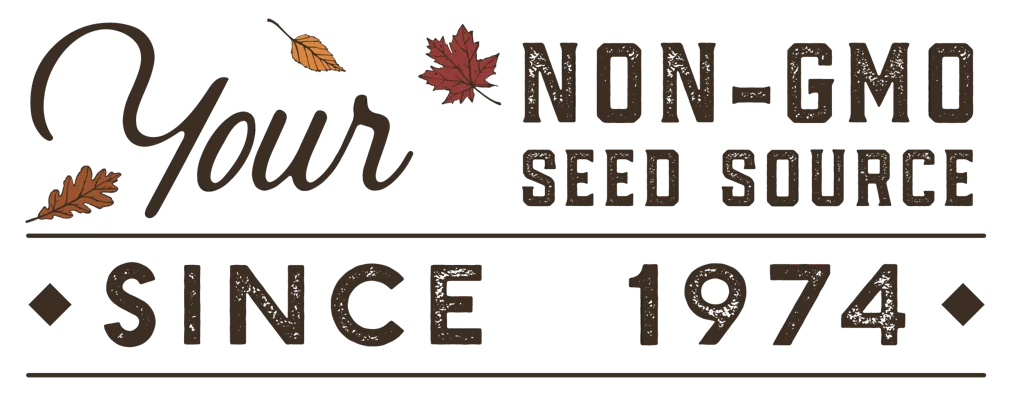Download Free Vegetable Growing Guide PDF
Growing Yellow Plum Tomatoes in the Vegetable Garden
Start your seeds indoors. The reason for beginning indoors is simple: tomatoes require a warm, controlled environment to germinate and start their growth, something that's not always guaranteed by the unpredictable whims of outdoor weather. Ideally, start your seeds 6-8 weeks before the last expected frost in your area, using small pots filled with a quality seed starting mix. Keep the soil moist but not waterlogged, and provide plenty of light—either from a sunny window or a grow light—to ensure sturdy, healthy seedlings.
In some regions, starting seeds outdoors might be perfectly acceptable, particularly in areas with mild winters and an early start to warm spring temperatures. However, this is generally recommended only when night temperatures consistently stay above 50 F (10 C), as tomatoes are quite sensitive to cold and can be damaged or stunted by low temperatures.
As your tomato seedlings grow and the threat of frost passes, the next pivotal step is hardening off. This process gradually acclimates your tender indoor starts to the harsher conditions of the outdoor world. Over a week, they progressively increase their exposure to sunlight and outdoor temperatures by placing them outside in a sheltered spot for a few hours each day, extending the duration gradually. This careful acclimatization prevents shock, which can set back their growth.
Yellow Plum tomatoes, as their name suggests, produce beautiful, plum-shaped, yellow fruits known for their sweet flavor. This variety is indeterminate, meaning the plants will continue to grow and produce fruit throughout the growing season until the first frost. This growth habit has specific implications for how you'll grow and care for them. Indeterminate tomatoes, such as stakes or trellises, require support to manage their sprawling growth. Regular pruning is also recommended to remove suckers, the shoots that grow in the axils between the stems and the leaves, which helps improve air circulation and concentrate the plant's energy into fruit production.
Regarding maintenance, Yellow Plum tomatoes, like all tomato varieties, thrive in full sun and require consistent watering, especially as the fruits begin to form and ripen. A steady supply of water helps prevent issues like blossom end rot and cracking. Additionally, a balanced, slow-release fertilizer applied at planting and as needed during the growing season will support their vigorous growth and fruit production.
Harvesting Yellow Plum Tomatoes
Harvesting Yellow Plum tomatoes is a joyous culmination of your efforts. These tomatoes will ripen approximately 70 days after transplanting, depending on conditions. You'll know they're ready to pick when the fruits are a vibrant yellow, firm but slightly giving to the touch. Harvesting in the morning when temperatures are cooler can help improve shelf life. Gently twist the fruit off the vine or use a pair of clippers to cut it free to avoid damaging the plant.
About Yellow Plum Tomato Garden Seeds
Yellow Plum tomatoes are small and bright. They are similar to Yellow Pear Cherry tomatoes but a bit bigger. They typically mature at around the size of a small lemon. In general, plum tomatoes are often used for making sauces, and the Yellow plum tomato is no different, producing bright sauces with excellent texture and flavor!
Originally, tomatoes were domesticated in South America, with their cultivation spreading to Europe and the rest of the world following the Spanish colonization of the Americas. Over time, selective breeding and natural mutations brought about a wide variety of tomatoes, including the Yellow Plum.
The taste of Yellow Plum tomatoes is notably sweet and fruity, with a mild acidity that balances the flavor profile, making them a delightful addition to fresh salads, salsas, and as a snack on their own. Their vibrant yellow hue and plum-like shape also make them an eye-catching garnish or a colorful highlight in culinary creations.
Yellow tomatoes are a good source of vitamins A and C, potassium, and phytonutrients, including beta-carotene, which contributes to their yellow color.
Those with limited space might appreciate Yellow Plum tomatoes for their adaptability to container gardening. Although they are an indeterminate variety and will continue to grow and produce fruit throughout the season, the vines have proven to do well under pruning and cultivation that is required for container gardening.
Tips From Our Gardeners
"Yellow Plum tomatoes offer a unique combination of aesthetic appeal, delightful flavor, and nutritional value, making them a coveted variety for gardeners and cooks alike. Whether you're interested in expanding your gardening palette, adding a splash of color to your dishes, or simply exploring the rich diversity of the tomato world, Yellow Plum tomatoes present a charming and tasty option."
 |
- Lara Wadsworth, True Leaf Market Writer
|
Other Resources
Yellow Plum Tomato Seeds Per Package:



















